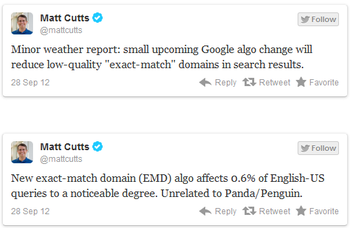With Google’s constant updates, it is easy to miss some of the new features they roll out with less publicity than their biggest products receive. However, even the smaller revisions to Google Search make a huge affect on how we search and use the internet in general. Jessica Lee recently rounded up some of the less talked about changes Google has been making so you can be sure you haven’t missed anything lately.
1) Date Selector in Hotel Carousel Search Results
The Carousel results box at the top of localized searches for hotels and restaurants has only been around for a few months now, and Google is already making regular updates to the function. While most of the work has gone into normalizing what queries get carousel results.
But, they’ve also implemented some new, interesting features such as a date selector for hotel searches. Now, you can easily weed out hotels that aren’t available on the days you will need lodging.
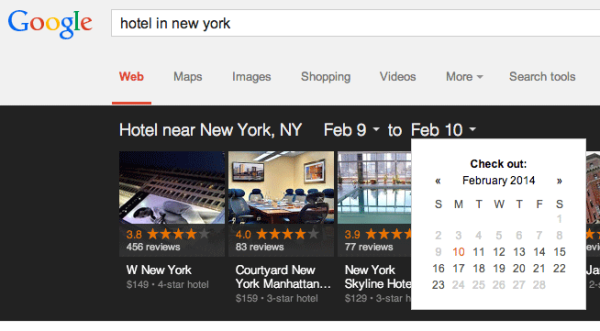
In a statement to Search Engine Land, Google said:
We’re always adding features to search to help people find what they need and get things done faster — you can now more easily research hotels when planning a trip and filter by user ratings and hotel class, as well as select specific dates.
2) Cards for Local Results
“Answer Cards” have slowly been spreading across Google’s platform for a while, but they were largely reserved for specific questions or brands. You needed a specific and targeted search to wind up with the convenient card at the top of the search results. But, lately the cards have begun to deliver more detailed answers such as the address of a nearby retailer. Mike Blumenthal highlighted the change with an example of searching for a brand name + location (Dress Barn locations Amherst):
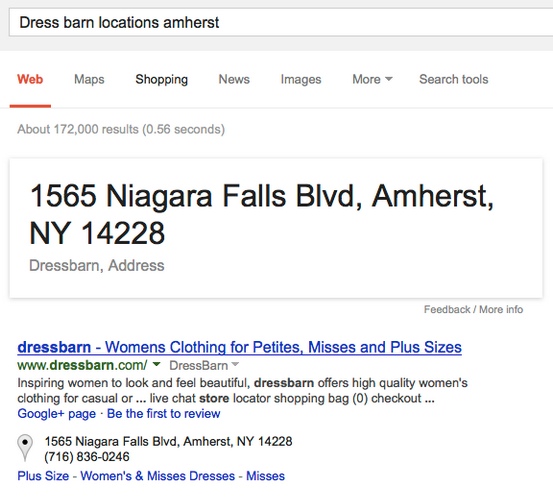
But, queries with multiple results still get the traditional pack results:
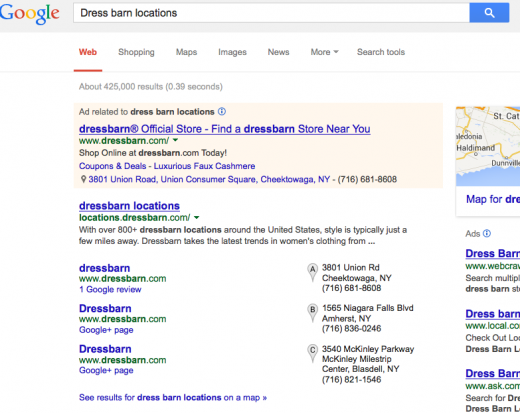
3) Answers to Complex Questions
The answer cards have also gotten better at providing answers for trickier questions in general. The people running the Google Operating System spent a good amount of time trying to stump Google’s answer feature, but they’ve found the task has gotten much harder as the feature has been improved.
Google used to only answer simple questions like “who’s the prime minister of Canada?” or “what’s the population of China?” Thanks to the Knowledge Graph project, Google can answer more complicated questions like “who played Batman?”, “what’s the latest album of Celine Dion?”, “what are the main attractions in Spain?”.
To test this out, one of the authors asked Google a question without a definitive answer: what is the “distance to Mars”.
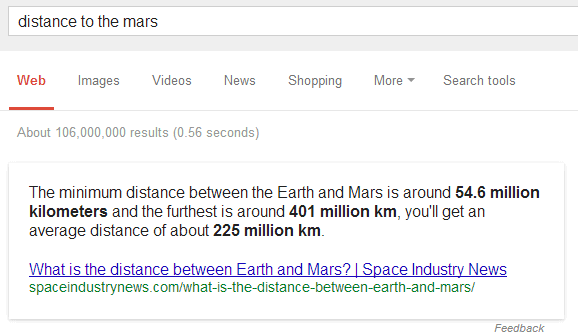
Google can even tell you why the sky is blue.
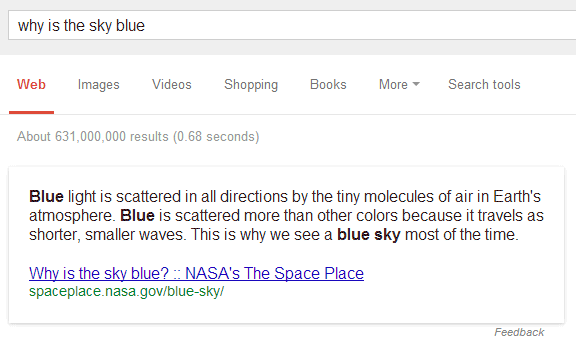
4) Distance Results
Google is able to tell the distance from most locations other than planets. In fact, Google announced on Google+ that users can now get the distance from any two locations on earth, no matter how far apart they are. The example Google offered was the “distance between Siberia and Hawaii.”
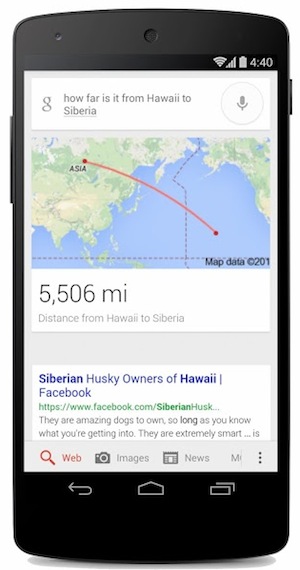
5) Streamlined Search Options
The Google Operating System blog explained how they have updated search options to be more responsive to your individual search query:
Google removed a few specialized search options that were usually displayed in the “more” drop-down: recipes, patents, discussions, blogs, places. The list of links to services like Maps, Images, News, Flights, Shopping is reordered based on your query. This isn’t a new idea, it was implemented a long time ago by Google, but now it’s used more often.


